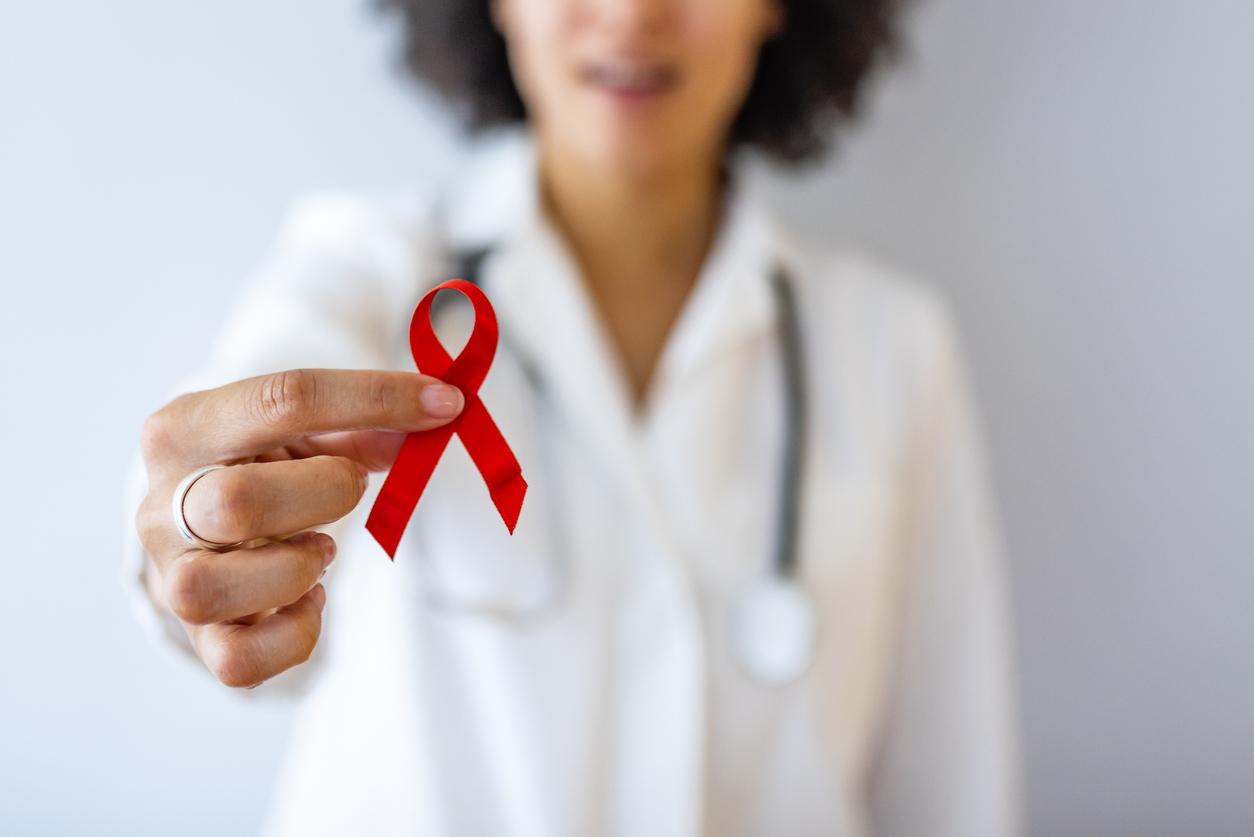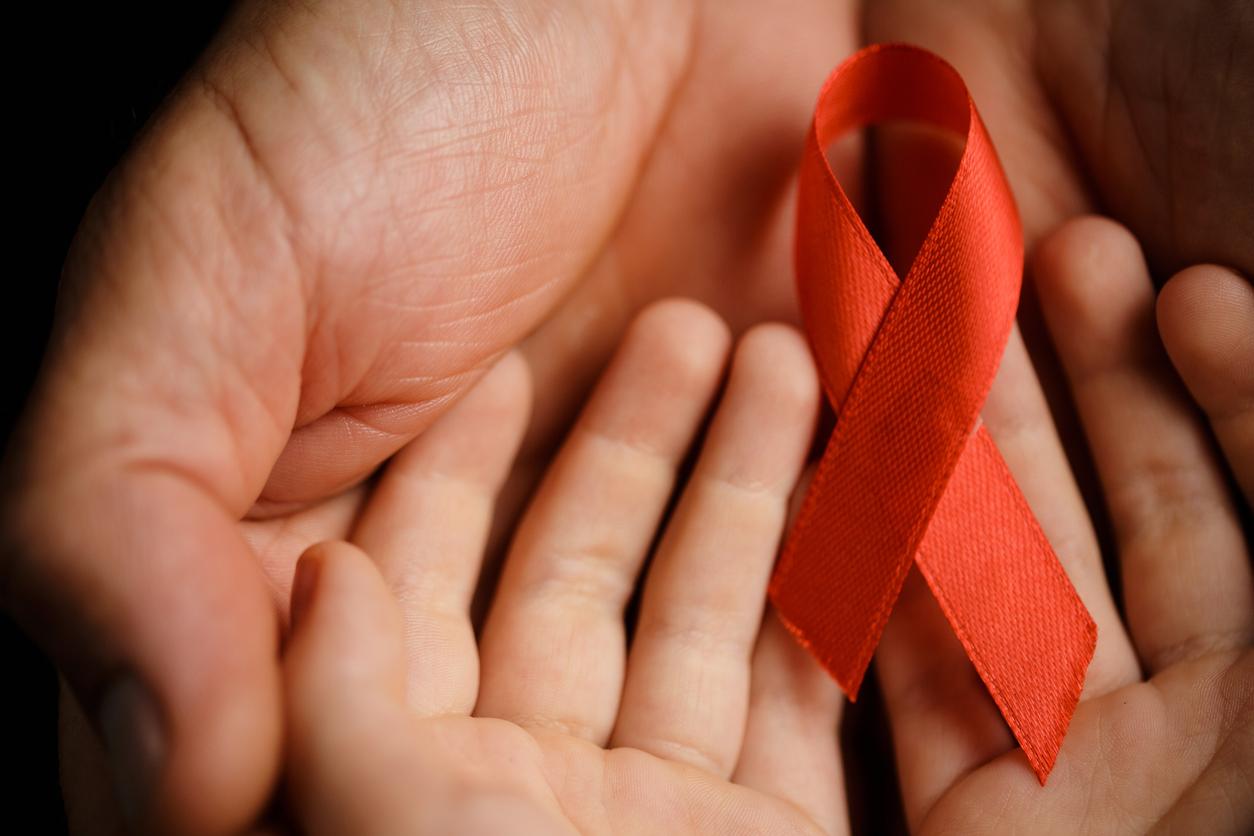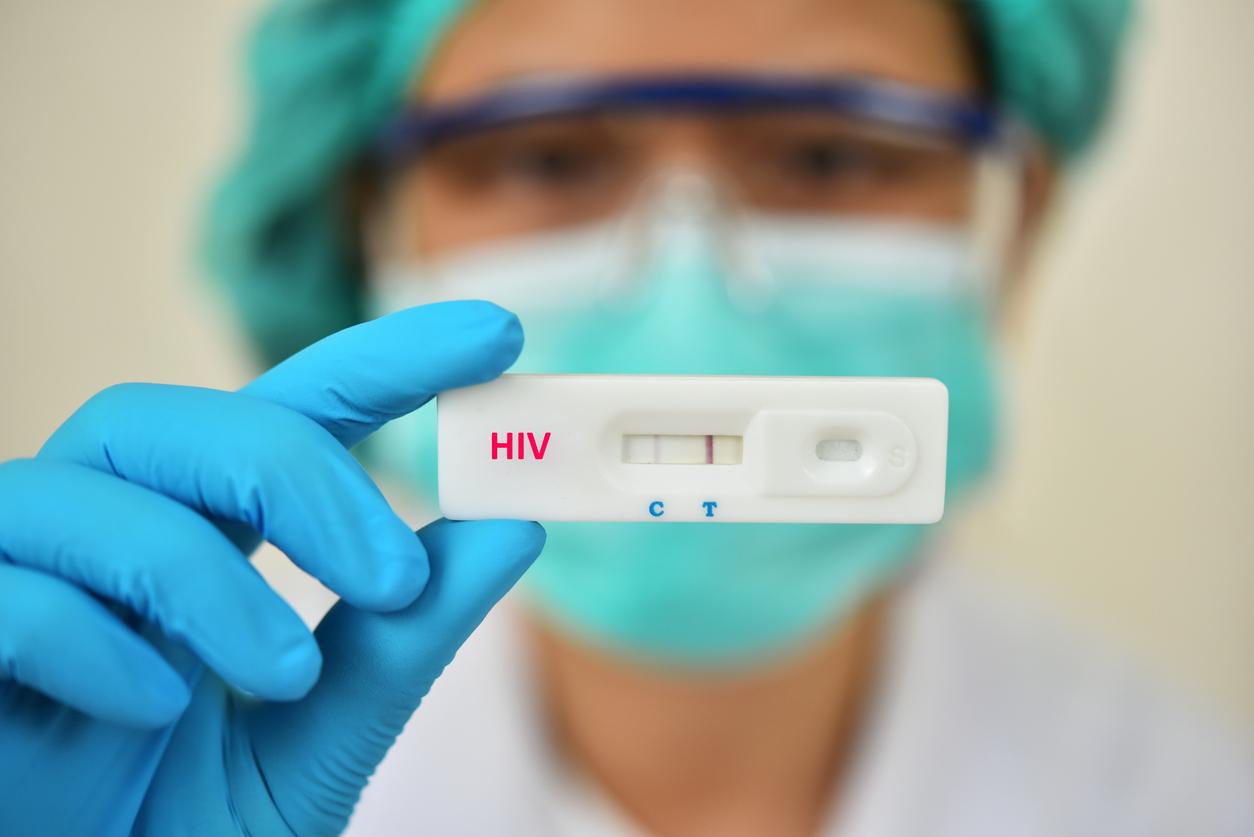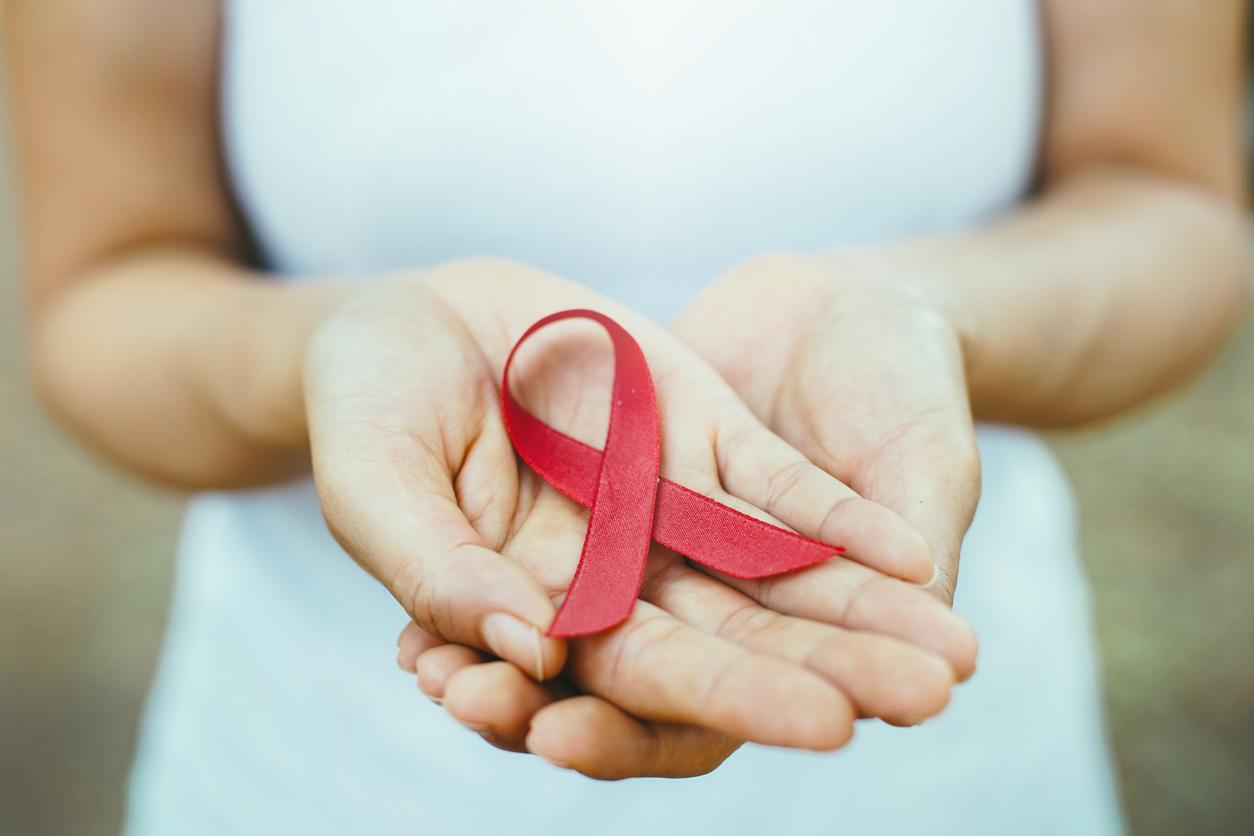Young women are particularly exposed to HIV infection. They must be at the heart of prevention efforts.

The fight against HIV is progressing… in small steps. In six months, the number of people on antiretroviral treatment has jumped by one million. The improvement is real but it should not hide the rest of the site, which is moving much more slowly. In 2015, 2 million new infections were reported. Children are still far too affected. In a report published on November 21, UNAIDS points to the efforts that remain to be accomplished. They are numerous and target four key periods in life.
Stop mother-to-child transmission
More than 36 million people are living with HIV around the world. Among them, the proportion of patients on antiretrovirals is steadily increasing. At the last assessment, they were 18 million to benefit from it, including 910,000 children. “If these efforts are continued and increased, the world will be on track to achieve the goal of 30 million people on treatment by 2020,” the report says.
The vision is optimistic as much progress still needs to be made. The first key age targeted by UNAIDS begins in the womb. Preventing mother-to-child transmission is a priority and the work has paid off. Since 2010, infections of newborns have fallen by 51%. For this, future mothers are screened as soon as possible and placed on antiretrovirals. The strategy pays off: 1.6 million contaminations have been avoided since 2000.
Young women at high risk
Young women have not benefited from the same development. Between 2010 and 2015, new cases declined by only 6% among 15-24 year olds. The period is delicate for several reasons. First of all, this age group is particularly at risk of infection, by lack of access to prevention methods or by lack of adherence to the methods offered. The problem is regularly pointed out, including in France: young people protect themselves too little. Two major factors are added to this: they adhere poorly to the treatments prescribed to them and are too rarely screened.
In sub-Saharan Africa, women in this category suffer from the double penalty: in addition to these deficiencies inherent in age, they are infected by older men. Developing access to healthcare in the most affected regions is vital in order to achieve the end of the epidemic. Because it is also these young people who risk transmitting HIV to their offspring. “The world is failing in its obligations to young women; it is urgent that we do more ”, insists Michel Sidibé, executive director of UNAIDS. In fact, in 2015, 7,500 of them were infected every week.
Contaminated seniors
This observation calls for another effort, that of adults. Prevention messages do not circulate correctly in all populations. In Western countries, men who have sex with men are more likely than others to transmit HIV. In West and Central Africa, the lack of access to healthcare is a problem: 18% of people living with HIV live in these regions. But they represent 30% of AIDS-related deaths. And men are more at risk of not knowing their HIV status than women.
A new barrier has just opened thanks to antiretrovirals, that of old age. Now, one-fifth of the adult HIV-positive population is over 50 years old. In high-income countries, 30% are seniors. But the crux of the problem lies elsewhere: these same seniors become infected more and more often. 100,000 people are infected with HIV every year. They are still too little targeted by prevention programs.
Find the program L’invité santé with Jean-Luc Romero,
president of local elected officials against AIDS
broadcast on November 17, 2016

.

















